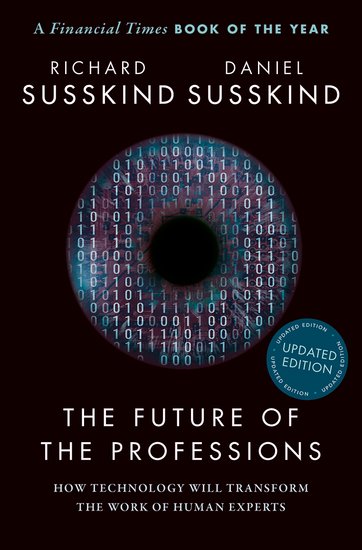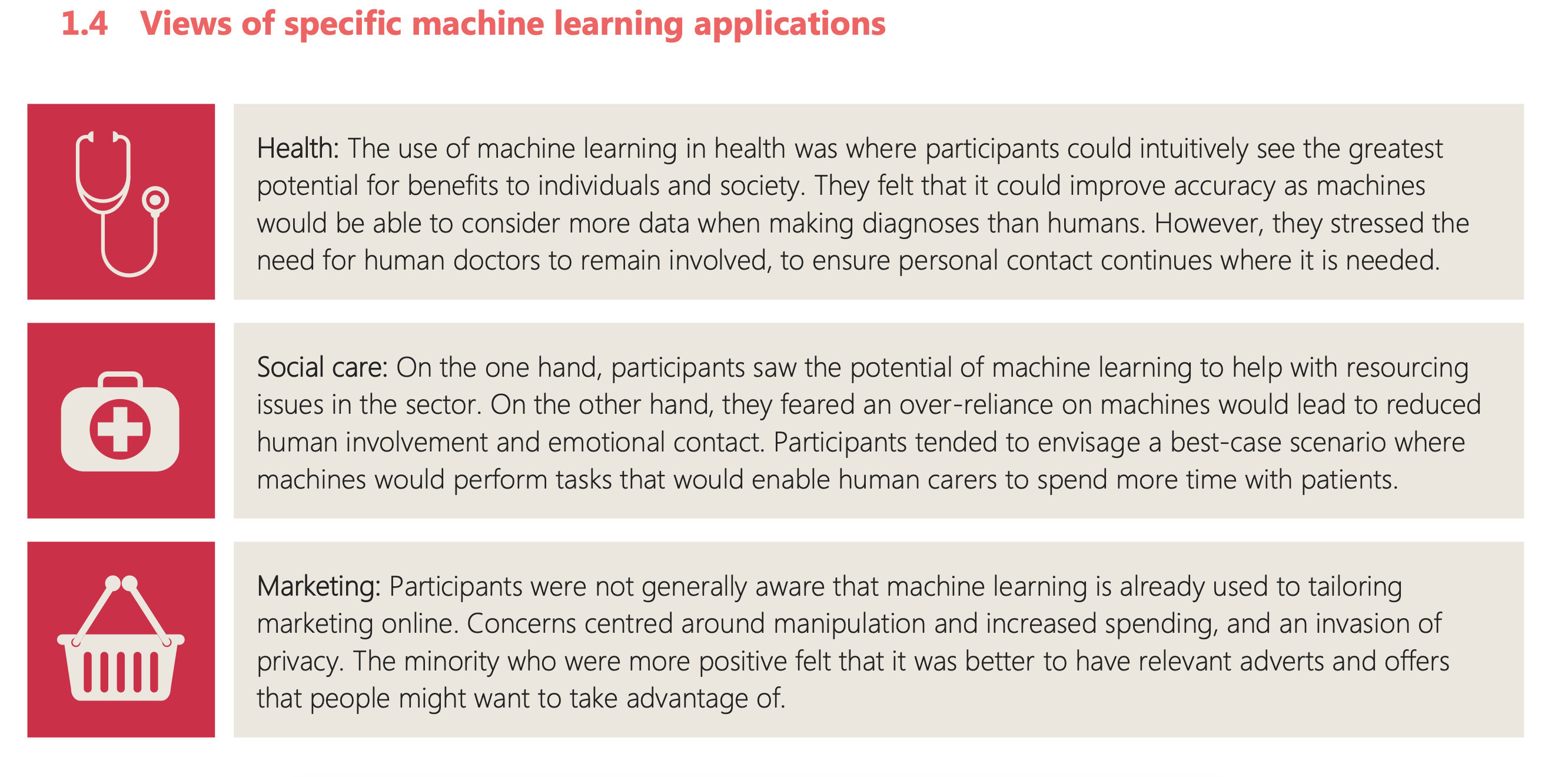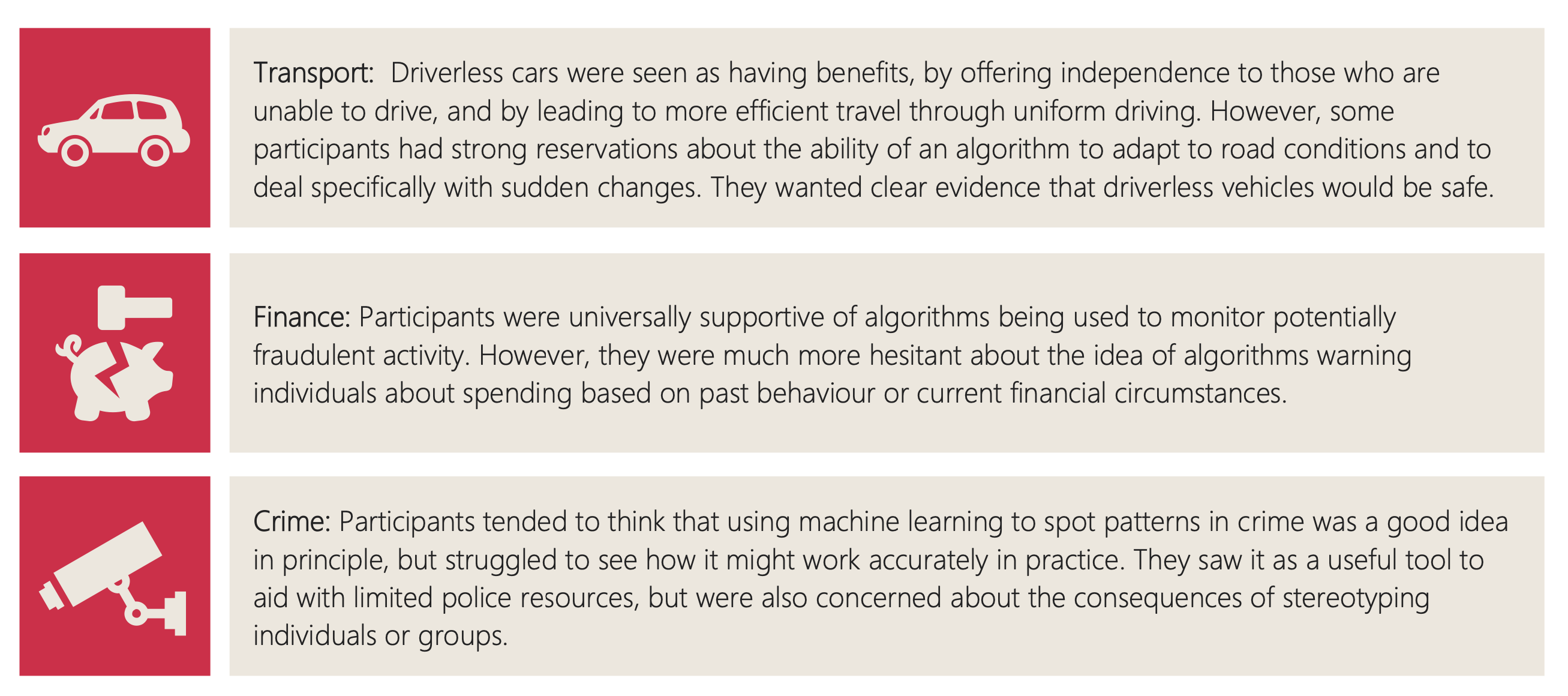Connecting Cambridge in AI
Abstract
Artificial intelligence risks following a familiar pattern where technological innovation fails to address society’s most pressing problems. The UK’s experience with major IT projects - from the Horizon scandal to the £10 billion NHS Lorenzo failure - shows this disconnect. These weren’t just technical failures but failures to match supply and demand, to bridge between needs and solutions.
This talk examines this persistent gap through the lens of innovation economics and proposes an alternative: the attention reinvestment cycle. Rather than focusing solely on financial returns, this approach recognizes that efficiency gains can be measured through the liberation of human attention - our most precious resource. We’ll explore how Accelerate Science at Cambridge is putting this into practice, showcasing examples from small language model research (Pico) and autonomous research systems (CMBAgents) that demonstrate new pathways for AI to serve education, science, and society.
Revolution
Arguably the information revolution we are experiencing is unprecedented in history. But changes in the way we share information have a long history. Over 5,000 years ago in the city of Uruk, on the banks of the Euphrates, communities which relied on the water to irrigate their corps developed an approach to recording transactions in clay. Eventually the system of recording system became sophisticated enough that their oral histories could be recorded in the form of the first epic: Gilgamesh.
See Lawrence (2024) cuneiform p. 337, 360, 390.


Figure: Chicago Stone, side 2, recording sale of a number of fields, probably from Isin, Early Dynastic Period, c. 2600 BC, black basalt
It was initially developed for people as a record of who owed what to whom, expanding individuals’ capacity to remember. But over a five hundred year period writing evolved to become a tool for literature as well. More pithily put, writing was invented by accountants not poets (see e.g. this piece by Tim Harford).
In some respects today’s revolution is different, because it involves also the creation of stories as well as their curation. But in some fundamental ways we can see what we have produced as another tool for us in the information revolution.
The Future of Professions


Figure: The Future of Professions (Susskind and Susskind, 2015) is a 2015 book focussed on how the next wave of technology revolution is going to effect the professions.
Richard and Daniel Susskind’s 2015 book foresaw that the next wave of automation, artificial intelligence, would have an effect on professional work, information work. And that looks likely to be the case. But professionals are typically well educated and can adapt to changes in their circumstances. For example stocks have already been revolutionised by algorithmic trading, businesses and individuals have adapted to those changes.
The Innovation Gap
New Productivity Paradox
Thus we face a new productivity paradox. The classical tools of economic intervention cannot map hard-to-measure supply and demand of quality human attention. So how do we build a new economy that utilises our lead in human capital and delivers the digital future we aspire to?
One answer is to look at the human capital index. This measures the quality and quantity of the attention economy via the health and education of our population.
We need to value this and find a way to reinvest human capital, returning the value of the human back into the system when considering productivity gains from technology like AI.
This means a tighter mapping between what the public want and what the innovation economy delivers. It means more agile policy that responds to public dialogue with tangible solutions co-created with the people who are doing the actual work. It means, for example, freeing up a nurse’s time with technology tools and allowing them to spend that time with patients.
To deliver this, our academic institutions need to step up. Too often in the past we have been distant from the difficulties that society faces. We have been too remote from the real challenges of everyday lives — challenges that don’t make the covers of prestige science magazines. People are rightly angry that innovations like AI have yet to address the problems they face, including in health, social care and education.
Of course, universities cannot fix this on their own, but academics can operate as honest brokers that bridge gaps between public and private considerations, convene different groups and understand, celebrate and empower the contributions of individuals.
This requires people who are prepared to dedicate their time to improving each other’s lives, developing new best practices and sharing them with colleagues and coworkers.
To preserve our human capital and harness our potential, we need the AI alchemists to provide us with solutions that can serve both science and society.
What Do People Want?
Public Research


Figure: The Royal Society comissioned public research from Mori as part of the machine learning review.
As is often the cas when members of the public are well convened, they offered sensible opinions about the utility and challenges of machine learning methods.


Figure: One of the questions focussed on machine learning applications.
A range of different scenaios were captured by this qualitative work.


Figure: The public were broadly supportive of a range of application areas.


Figure: But they failed to see the point in AI’s that could produce poetry.
The one scenario where the public were unable to perceive any advantage in machine learning was an example from art, the creation of poetry. This was felt to be a fundamentally human activity that machines could only emulate at best.
AI in Education: Public Perspectives
In education discussions, participants strongly supported AI’s potential to reduce teacher workload but expressed significant concerns about screen time and the importance of human interaction in learning.
A clear distinction emerged between support for AI in administrative tasks versus direct teaching roles. Participants emphasized that core aspects of education require human qualities that AI cannot replicate.
Key quotes illustrate these views:
“Education isn’t just about learning, it’s about preparing children for life, and you don’t do all of that in front of a screen.”
Public Participant, Cambridge ai@cam and Hopkins Van Mil (2024) pg 18
“Kids with ADHD or autism might prefer to interact with an iPad than they would a person, it could lighten the load for them.”
Public Participant, Liverpool ai@cam and Hopkins Van Mil (2024) pg 17
The dialogue revealed particular concern about the risk of AI increasing screen time and reducing social interaction, while acknowledging potential benefits for personalized learning support.
The Attention Reinvestment Cycle
The Attention Reinvestment Cycle
Traditional innovation models in technology assume that productivity improvements translate directly into financial returns. However, when it comes to deploying AI in sectors of public importance, this model often fails because the economic incentives don’t align with societal needs.
The attention reinvestment cycle represents an alternative approach to innovation deployment. Instead of focusing primarily on financial returns, it recognizes that efficiency gains can be measured through the liberation of human attention - our most precious resource in the digital age.

Figure: The attention reinvestment cycle represents a new approach to deploying innovation where the value created is measured in freed human attention rather than purely financial returns.
In the attention reinvestment cycle, technology deployments that free up human attention in critical domains like healthcare, education, and social services create value by allowing professionals to focus on the human aspects of their work that cannot be automated. The freed attention is reinvested through networks that share knowledge and best practices, creating a virtuous cycle that builds capacity throughout the system.
This model is particularly well-suited to sectors where human attention is both vitally important and chronically constrained. By prioritizing attention liberation over pure financial returns, it creates a pathway for innovation to address societal needs even when traditional market incentives are insufficient. This approach has been explored in the African context through initiatives like Data Science Africa Lawrence (2015).
Putting It Into Practice: Connecting Cambridge
Why Connecting Cambridge?
The attention reinvestment cycle requires breaking down traditional silos. Universities are often organized in ways that make interdisciplinary collaboration difficult - different departments, different funding streams, different cultures of research. Yet the problems society faces don’t respect these boundaries.
Cambridge has extraordinary depth and breadth of expertise - from fundamental AI research to education, healthcare, policy, and ethics. But this expertise is distributed across over 100 departments and 31 colleges. The challenge isn’t a lack of capability - it’s connecting that capability to address real needs.
This is where ai@cam and Accelerate Science come together as complementary initiatives. ai@cam is the University’s flagship mission, working across all six schools to ensure AI development serves science, citizens, and society. It creates the institutional frameworks, convenes diverse stakeholders, and builds the bridges between research, policy, and practice.
Accelerate Science focuses specifically on the research frontier - helping scientists across disciplines use AI and machine learning to tackle their research challenges. It operates as a knowledge network, sharing expertise, tools, and best practices across research groups.
Together, these initiatives demonstrate how the attention reinvestment cycle can work in practice. By connecting researchers across Cambridge, we create networks where freed attention - whether from better tools, shared infrastructure, or collective learning - gets reinvested in building capacity across the system. This isn’t about a single breakthrough; it’s about building an ecosystem where innovation serves real needs.
This model of “connecting Cambridge” becomes a starting point because it demonstrates that before we can deploy AI to solve societal problems, we need to connect the people who understand those problems with the people developing AI tools. The attention reinvestment cycle requires these human networks as much as it requires technical infrastructure.
ai@cam: The University Mission
ai@cam is Cambridge’s flagship programme, launched in 2022 with £5M investment from the University. It works across all six schools to ensure AI-enabled innovation benefits science, citizens and society. The mission recognizes that safe and effective AI requires diverse expertise - from technical researchers to domain experts, policymakers, and affected communities.
ai@cam addresses the innovation gap through multiple initiatives: the A-Ideas programme funds interdisciplinary projects across 20 departments; the Policy Lab connects research to policy-making; HPC Pioneer projects provide computing access across disciplines; and public dialogue work ensures community voices shape AI development. This creates the institutional framework for the attention reinvestment cycle to operate.
Accelerate Science: Building Research Capacity
Accelerate Science complements ai@cam by focusing specifically on scientific machine learning. It operates as a knowledge network, helping researchers across disciplines use AI to tackle their research challenges. Through tiered training, AI Clubs for peer learning, and direct research partnerships, it builds capability while freeing researchers’ attention from having to become AI experts themselves.
Example: Pico Language Models
Pico is a modular language model development toolkit that embodies the attention reinvestment principles. Rather than focusing on building ever-larger models for commercial deployment, Pico makes small language model research accessible and systematic.
The project consists of two core libraries: pico-train for model training and pico-analyze for studying learning dynamics. By providing rich training checkpoints and comprehensive analysis tools, Pico frees researchers’ attention from infrastructure concerns, allowing them to focus on understanding how models learn.
This freed attention creates value that gets reinvested in the research community through open-source tools, shared models, and published insights. The result is a more accessible research ecosystem where understanding - not just performance - is the primary goal. Recent papers using Pico have explored convergence patterns and frequency bias in language models, advancing our fundamental understanding of these systems.
Work by Richard Diehl Martinez and Paula Buttery et al.
Example: CMBAgents
CMBAgents represents another application of the attention reinvestment cycle - this time in automating aspects of scientific research itself. The project develops open-source, research-ready multi-agent systems to automate scientific discovery, powered by the AG2 framework.
The system includes specialized components: cmbagent provides an autonomous research backend, Denario offers end-to-end research capabilities, and Synapses creates domain-specific code assistants with leaderboards. Rather than replacing researchers, these tools free their attention from routine tasks, allowing them to focus on creative and interpretive aspects of research.
The attention freed by these tools is reinvested through the open-source community - the code is freely available, documented through YouTube tutorials, and designed to be research-ready. This creates a knowledge network where improvements and best practices can be shared across research groups, building collective capacity in AI-assisted research methods.
Both Pico and CMBAgents demonstrate how AI research itself can embody the attention reinvestment cycle. By making tools openly available and focusing on building capacity rather than capturing value, these projects show an alternative pathway for innovation - one that serves the broader research community and ultimately society.
Work by Licong Xu and Boris Boillet et al.
The Connecting Pattern
What connects these examples - from ai@cam’s institutional framework to Accelerate’s training networks to specific projects like Pico and CMBAgents - is a commitment to building capacity through connection. By connecting researchers across disciplines, connecting tools to users, and connecting innovations to real needs, we create the conditions for the attention reinvestment cycle to function.
This “connecting Cambridge” approach is a starting point because it demonstrates that technology alone isn’t enough. The attention reinvestment cycle requires human networks, institutional frameworks, and deliberate choices about how we measure value. It requires connecting the people who understand problems with the people building solutions.
The Path Forward
Innovation Economy Conclusion
ai@cam’s approach aims to address the macro-micro disconnects in AI innovation through several key strategies. We are building bridges between macro and micro levels, fostering interdisciplinary collaboration, engaging diverse stakeholders and voices, and providing crucial resources and training. Through these efforts, ai@cam is working to create a more integrated and effective AI innovation ecosystem.
Our implementation approach emphasizes several critical elements learned from past IT implementation failures. We focus on flexibility to adapt to changing needs, phased rollout of initiatives to manage risk, establishing continuous feedback loops for improvement, and maintaining a learning mindset throughout the process.
Looking to the future, we recognize that AI technologies and their applications will continue to evolve rapidly. This evolution requires strategic agility and a continued focus on effective implementation. We will need to remain adaptable, continuously assessing and adjusting our strategies while working to bridge capability gaps between high-level AI capabilities and on-the-ground implementation challenges.
The attention reinvestment cycle offers a pathway for AI to truly serve education, science, and society. By measuring value in terms of freed human attention rather than purely financial returns, we can create systems where innovation addresses real needs. The examples from Pico and CMBAgents show this is possible - but it requires deliberate choices about how we develop and deploy AI technologies.
Thanks!
For more information on these subjects and more you might want to check the following resources.
- company: Trent AI
- book: The Atomic Human
- twitter: @lawrennd
- podcast: The Talking Machines
- newspaper: Guardian Profile Page
- blog: http://inverseprobability.com